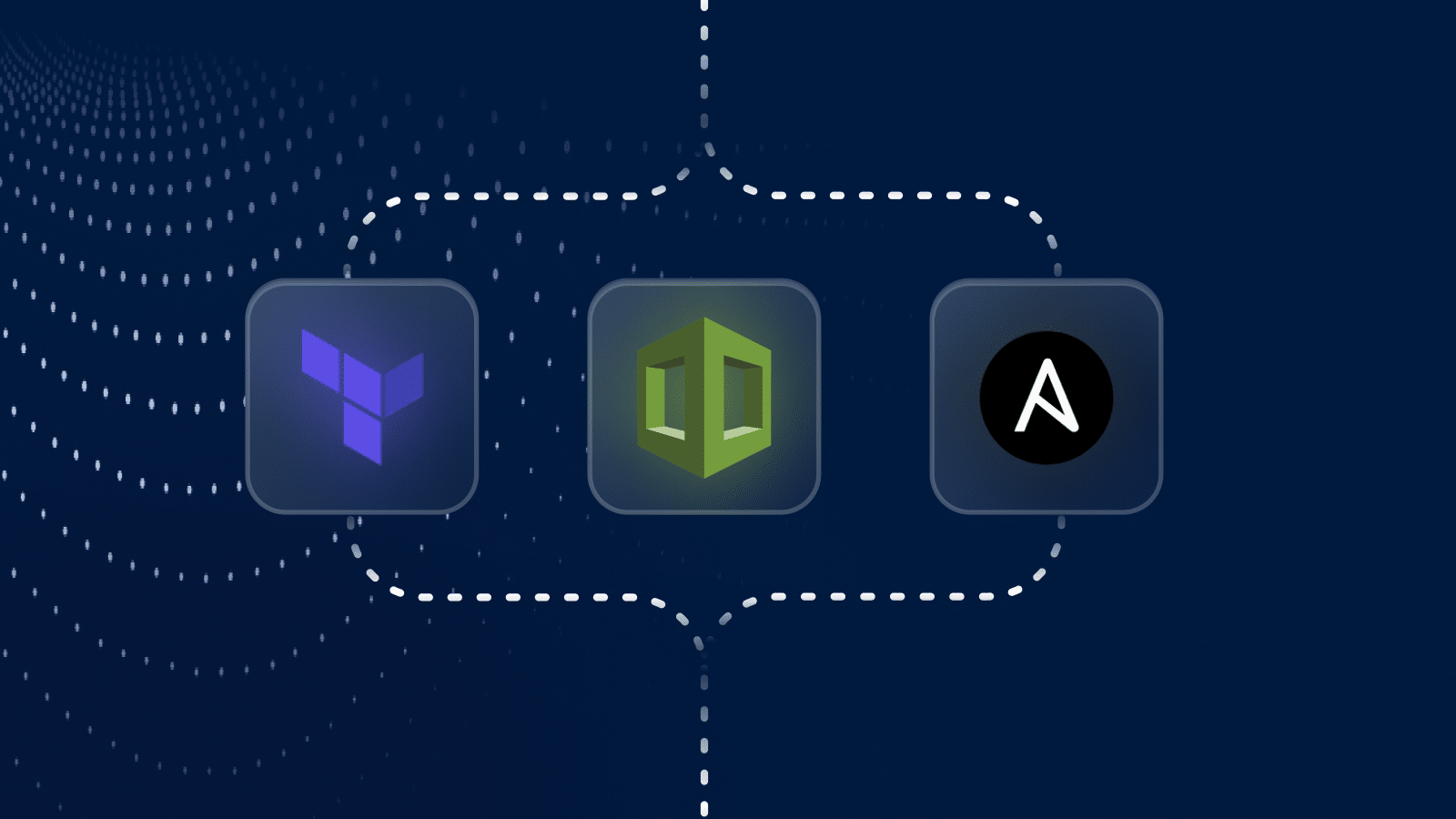Welcome to the latest roundup of product enhancements and other updates for our Quali Torque community.
If you’re not familiar, Torque enables our users to accelerate and optimize the delivery of cloud-based environments at scale—from designing and creating code through to provisioning and updating live infrastructure.
To see it in action, watch this brief demo:

Here are this month’s updates:
Inviting users to test new Torque features with Experiments
To help maximize both user satisfaction and feedback, we’ve introduced Torque’s new Experiments feature, which enables users to explore upcoming features and changes to the Torque platform—before they become default.
Available in the Configuration section of your Torque account, the Experiments feature provides early access to new functionality, along with detailed descriptions and direct links to share your feedback.
This allows your team to test and adapt to enhancements at your own pace, and let us know how these features could better support your experience in the platform.
Whether you’re validating platform behavior or preparing for upcoming changes, Torque Experiments puts you in control of the evolution of your environment automation experience.
Improved clarity & control over environments
As a management platform for cloud-based environments, Torque provides the user to drill down and explore any aspect of a live or previously deployed environment on-demand. This includes logs, cloud resources deployed, updates to infrastructure code, and any Day 2 actions performed along with the user who performed them.
This kind of visibility enables our users to perform Day 2 operations faster and more efficiently than with Infrastructure as Code alone.
After collecting user feedback, we’ve introduced a revamped Environment View that includes:
- Ability to update environment inputs: Seamlessly modify runtime inputs, even after launch, for more flexible updating and debugging.
- Parameter store integration: View and apply changes from the parameter store directly to your environment, ensuring consistency with external configurations.
- New Navigator tab: Visualize the full Blueprint hierarchy with an interactive navigator—perfect for understanding complex environments at a glance.
- Activity feed & logs paging: Effortlessly browse through detailed logs and activity history with new pagination support, so nothing gets lost in the noise.
This update brings our users closer to full Day-2 control and observability so they can operate with confidence and precision.
Enhanced resiliency and efficiency with stateless runners
We’ve recently introduced the option for users to deploy agent runners without persistent storage (PVC), unlocking greater flexibility and control for dynamic workloads.
This update helps to prevent availability zone dependencies between pods and storage volumes, enables users to move agents across clusters more freely, and eliminates unnecessary storage provisioning for short-lived or stateless tasks.
Key features of this update include:
- PVC-less Runner Deployment: Easily configure runners to operate without persistent volume claims.
- Agent-Level Default Control: Set a default PVC behavior at the agent level, ensuring consistent configuration across environments.
- Grain-Level Overrides: Customize PVC usage per grain, giving granular control over storage behavior in complex blueprints.
Whether you’re optimizing cost, improving fault tolerance, or enabling multi-cluster flexibility, stateless runners make Torque even more adaptive to your evolving infrastructure needs.

